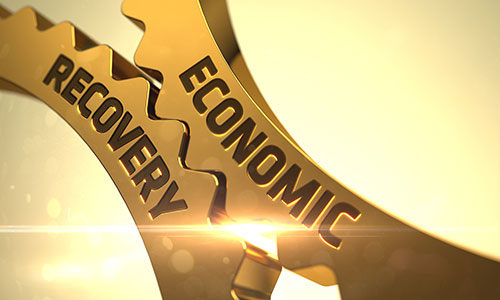At the beginning of 2020, people had very few hints of the daunting events that were to come. Over the last three months, the coronavirus has forced countries worldwide to lockdown, wreaking havoc economically. Millions have filed for unemployment in the United States, while risks of secondary outbreaks create lingering uncertainty.
Our expectation is for the economic recovery to be drawn out and bumpy, with economic activity not returning to pre-COVID-19 levels until 2022. This forecast is in line with current projections from the United States Federal Reserve. To quote the Federal Reserve Bank of Richmond President, Thomas Barkin, “The economy rode the elevator down but will have to climb the stairs back up.”
After the initial reopening, the US economy has experienced a very rapid bounce which we see as a rather mechanical response to the severity of the lockdown and benefit of stimulus passed during the crisis. Going forward, we see the recovery as being much slower, driven by:
While there are several risks to the economy, and our base expectation is for a slow recovery, we view monetary and fiscal policy as continued positives. Both the Federal Reserve and Federal Government have reacted swiftly to the crisis providing financial support to all corners of the economy. Continued stimulus helps the current recovery and limits the risk of a second dip becoming an economic depression with extreme unemployment over a long period.
In summary, while we have seen a rapid recovery after the relaxing of shelter-in-place rules, we view the future improvement as being slower and more drawn out. This slow recovery is due to social-distancing regulations and their continued impact on businesses, which will continue until a medical solution is available. We also see the risk of spikes in infections leading to lockdowns as likely, which might lead to a second decline in economic activity. Second-waves have been the norm in countries that have reopened. We view this scenario as expected in the US. However, we believe that fiscal and monetary stimulus will limit the potential negative fallout from new lockdown orders, preventing a full-blown economic depression.
Our expectation is for the economic recovery to be drawn out and bumpy, with economic activity not returning to pre-COVID-19 levels until 2022. This forecast is in line with current projections from the United States Federal Reserve. To quote the Federal Reserve Bank of Richmond President, Thomas Barkin, “The economy rode the elevator down but will have to climb the stairs back up.”
After the initial reopening, the US economy has experienced a very rapid bounce which we see as a rather mechanical response to the severity of the lockdown and benefit of stimulus passed during the crisis. Going forward, we see the recovery as being much slower, driven by:
- Continued social distancing (whether voluntary or mandatory) and prevention of businesses from returning to pre-crisis capacity
- Continued disruption of supply chains as uneven reopening occurs across countries and regions
- Possible misallocation of labor and capital as “zombie” companies are kept alive by fiscal policies
- High levels of corporate and household debt weighing on future spending and hurting demand
While there are several risks to the economy, and our base expectation is for a slow recovery, we view monetary and fiscal policy as continued positives. Both the Federal Reserve and Federal Government have reacted swiftly to the crisis providing financial support to all corners of the economy. Continued stimulus helps the current recovery and limits the risk of a second dip becoming an economic depression with extreme unemployment over a long period.
In summary, while we have seen a rapid recovery after the relaxing of shelter-in-place rules, we view the future improvement as being slower and more drawn out. This slow recovery is due to social-distancing regulations and their continued impact on businesses, which will continue until a medical solution is available. We also see the risk of spikes in infections leading to lockdowns as likely, which might lead to a second decline in economic activity. Second-waves have been the norm in countries that have reopened. We view this scenario as expected in the US. However, we believe that fiscal and monetary stimulus will limit the potential negative fallout from new lockdown orders, preventing a full-blown economic depression.

